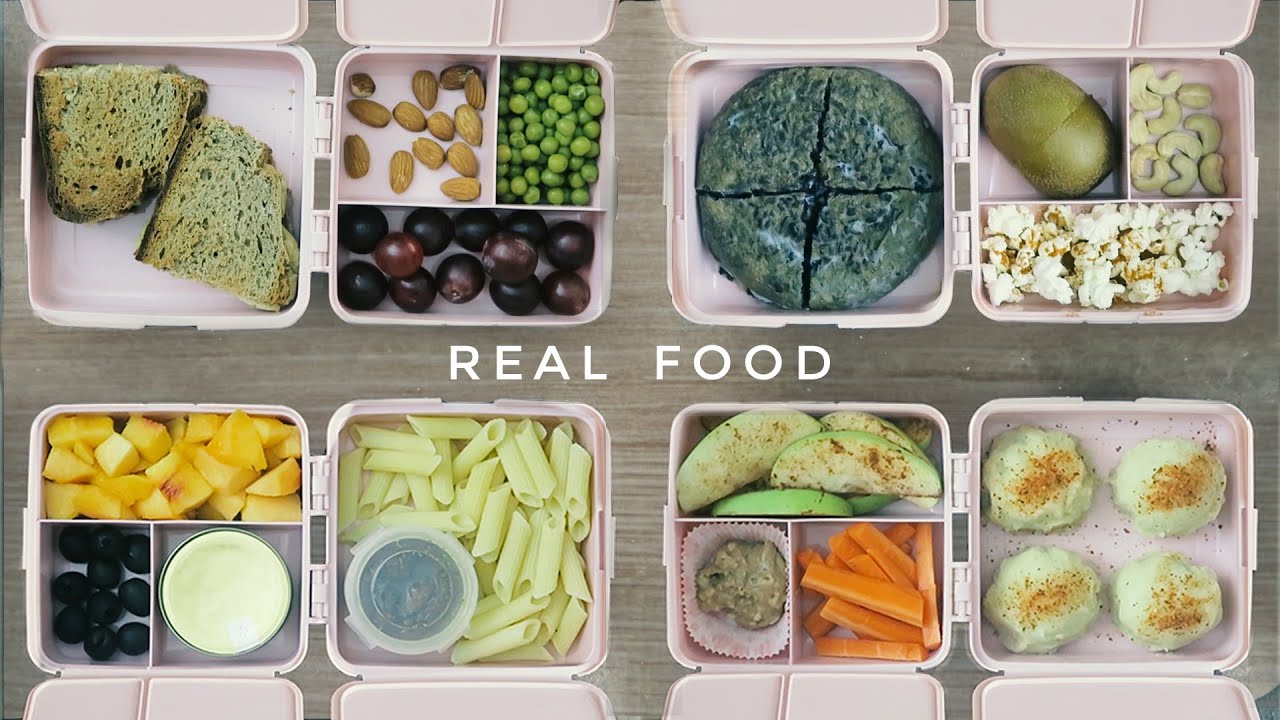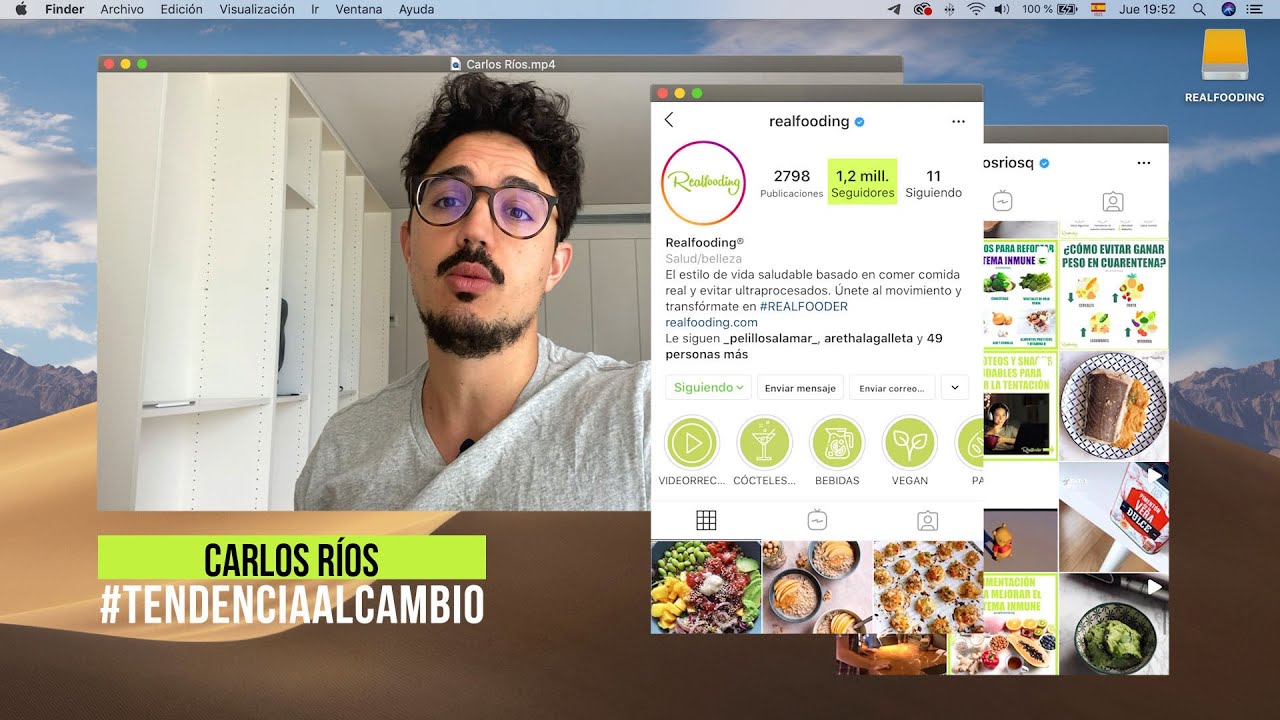The movement realfooding or real food is much more than a fad within the field of food. Its creator, nutritionist Carlos Ríos, is teaching – and inspiring – thousands of people to follow a new lifestyle. A healthier one with which to realize that, sometimes, ‘the simplest is the most correct’.We know that the food industry is very inclined to let itself be carried away by the fashions and the passenger gurus who promise us miracles. But nevertheless, the achievements of Carlos Ríos goes much further. His movement, started a few years ago in an unstoppable way through social networks, is achieving two things.
The first is to provide tools and knowledge to the consumer so that he understands what it is that he consumes every day. The second is to stand up in a firm claim: open our eyes and understand the need to consume healthy foods, ‘real’ foods.
We talked about it with Carlos Ríos in the following interview.
“The industry likes to speak in the language of nutrients and calories so that we have the feeling that we are eating healthy. It is a confusing language with which, in the end, we end up consuming ultra-processed foods “
Interview with Carlos Ríos
Carlos Ríos is a dietitian-nutritionist, studied at the Pablo de Olavide University (Seville) and is the creator of the realfooding movement. It has thousands of followers in its social networks, and its purpose of awakening the conscience of the population in the purest Matrix style is having great results.
Your book Eat real food: A guide to transform your diet and your health It is a success, and it is already an essential manual backed by a wealth of scientific literature, which makes us understand something that Carlos Ríos himself repeats frequently ‘We do not eat real food, but products that have been put before our eyes’.
[appbox googleplay es.myrealfood.myrealfood]Carlos Rios presents an app that differentiates ‘real food’ from ultra processed foods ‘MyRealFood’ is an application conceived by the nutritionist based on 3 premises: food feed of real food, inclusion in the diet of good processed foods and avoid the ultraprocessed.
In our interview with him, we not only deepen into what is realfooding. Something that invites us to understand is that knowledge is power. Knowing what we eat empowers us and helps us to choose better, to invest in health.
Where did the initiative come from? realfooding?
It was something that I started at the consultation level and, when seeing the good results that gave to put the focus in the foods and to teach on the danger of the ultraprocessed ones, I decided to take it to the general population, since I manage well in social networks and I saw it possible to reach a large audience.
If the real food is within our reach for so long, why does not the majority of the population have a correct diet?
Why the food industry has been in charge of “taking advantage” of that way of life that we have to always be in a hurry and with lack of time to sell us fast products to consume, to take and to ingest (ultraprocessed) causing that little by little has been displacing the consumption of real food.
What is the worst that we can consume daily? Is there any food that we should definitely banish from our diet?
In general all ultraprocessors are insane, and the sum of each of them is what makes them dangerous. One of those that perhaps consume more and also in large quantities are soft drinks, so they would be the first we should avoid.
So, what should we look at when buying a food?
Especially in the ingredients. We have always looked at kilocalories or fats, with the ingredients really important. The food industry knows what we look at and that is why it tries to deceive us with “light” or low calorie products, because it knows that they are more attractive to us.
But nevertheless, these products are still as insane as their “no light” versions. Therefore, the only way to know what we are consuming and whether or not it is healthy is through the ingredients of the product, in order to identify real food in this way.
Could you tell us what alternatives there are to eat or drink between meals?
To eat we have many options: natural or roasted nuts without added salt, fruit, natural yoghurts, pickles, olives, edamames, etc. To drink the best is water, although there is a “soft drink” realfooder“What can we do with water or water with gas, lemon and ice?
The media puts a large amount of ultra-processed foods or sugar in our eyes. Let’s talk about the little ones, how can we help them to join this initiative?
We have to understand that we can not make children understand the concept of “this is healthier” or “this is an ultraprocessed”. They use their imagination a lot and what they capture through their senses, so We must present the real food creatively, tasty and even as “a game”. For them it is not the same to eat a fruit as it is to eat a fruit that forms “a drawing” on the plate.
Finally, where can we start with the jump to the realfood?
For our 1-month challenge with real food. In our instagram accounts there is a lot of information to get started. With this challenge you will get so many benefits in a month that you will not want to return to the previous habits.
